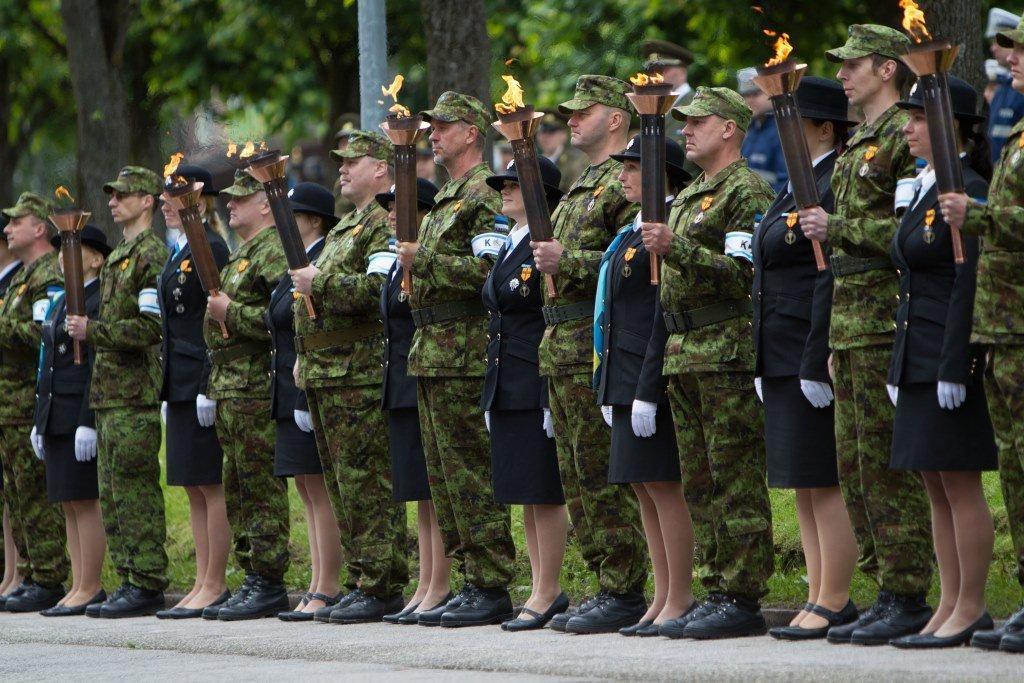One of the largest newspapers in the world, the New York Times, has published a lengthy report on how the Estonian Defence League is training its members to become “insurgents” in case Russia should attack the country.
“Estonia, a NATO member with a population of 1.3 million people and a standing army of about 6,000, would not stand a chance in a conventional war with Russia,” the newspaper says. “But two armies fighting on an open field is not Estonia’s plan, and was not even before Donald J. Trump, the Republican presidential candidate, said European members of NATO should not count on American support unless they pay more alliance costs.”
The newspaper adds that since the Ukraine war, “Estonia has stepped up training for members of the Estonian Defence League, teaching them how to become insurgents, right down to the making of improvised explosive devices, or IEDs, the weapons that plagued the American military in Iraq and Afghanistan. Another response to tensions with Russia is the expansion of a program encouraging Estonians to keep firearms in their homes.”
Over 25,000 volunteers
To that end, the Defence League organises “war games” almost every weekend. The League “requires its 25,400 volunteers to turn out occasionally for weekend training sessions that have taken on a serious hue since Russia’s incursions in Ukraine two years ago raised fears of a similar thrust by Moscow into the Baltic States.”
Calling the war games “gruelling events”, the New York Times says participants put out fires, ride horses, identify medicinal herbs in the forest and play “hide-and-seek with gun-wielding ‘enemies’ in the woods at night”. One of the war game events, called the Järva District Patrol Competition, was, according to the newspaper, “a 24-hour test of the skills useful for partisans, or insurgents, to fight an occupying army, and an improbably popular form of what is called ‘military sport’ in Estonia.”
“The Järva competition entailed a 25-mile hike and 21 specific tasks, such as answering questions of local trivia – to sort friend from foe – hiding in a bivouac deep in the woods and correctly identifying types of Russian armoured vehicles. On a recent weekend, 16 teams of four people had turned out, despite the bitter, late fall chill. The competition was open to men, women and teenagers.”
“The best deterrent is not only armed soldiers, but armed citizens, too,” Brigadier General Meelis Kiili, the commander of the Estonian Defence League, told the New York Times in an interview.
I
Cover: Members of the Estonian Defence Forces in Victory Parade, 2014 (the images is illustrative/courtesy of Estonian Defence Forces.)


Meanwhile finland is still opressing their subjects and collecting guns away at increasing speed and with any excuse.